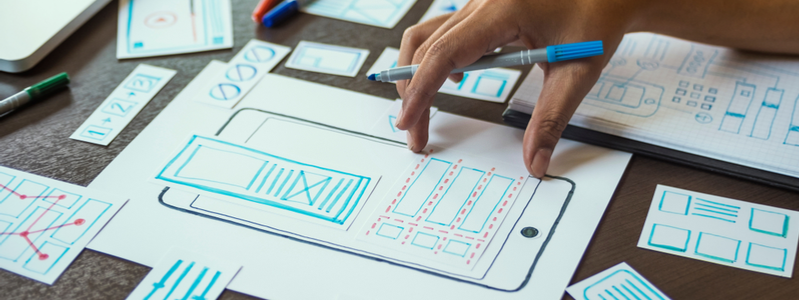In engineering and design, our goal is to maximize and/or optimize the function of whatever it is we are creating. In Universal Design Philosophy (UDP), the goal is to allow the largest number of users to do the most significant number of things with a single product or service.
Universal design can be applied to all areas of creativity, productivity, and engineering. It is about providing the most function to most people regardless of ability, disability, age, culture or any other common restriction.
Universal Design Philosophy helps us produce products and services that are accessible and usable, offering an enhanced experience, opportunities for innovation, and create a human-friendly user experience.
“Most people make the mistake of thinking design is what it looks like. People think it’s this veneer – that the designers are handed this box and told, “Make it look good!” That’s not what we think the design is. It’s not just what it looks like and feels like. The design is how it works” (Steve Jobs).
In this document, you will learn how UX designers and UX managers can work together to realize the principles of universal design philosophy.
The Principles of UDP
• Equitable Use: The fair and maximally accessible nature of a design
• The flexibility of Use: The utility bandwidth of the object
• Simplicity and Intuitiveness of Use: The ease of understanding the function of the object
• Perceptibility of Information: The simplicity and universality of signs, symbols, and other information
• Error Tolerance: The degree to which the operator is protected from the consequences of learning curve error
• Low Physical Impact: The minimization of force required to operate the device
• Size and Space for Approach and Use: The lack of restriction in terms of approach space and the minimization of barriers to approach
In this whitepaper, you will learn all about UDP, about the difference between art and design, as well as the purpose and limitations of the design process. We will clarify the difference between Universal Design and Contextual Design. We will expand on the principles of UDP and explain the priorities of UDP, which are inclusivity and accessibility.
